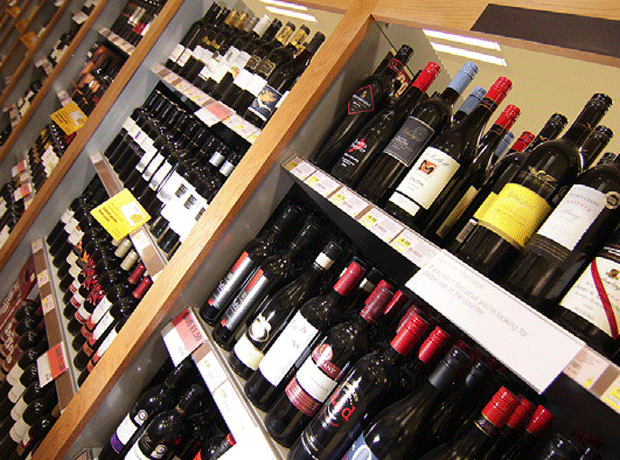
Alternating floods and droughts (of both water and wine) have, over the past few years, kept European wine producers on their toes. Copa-Cogeca last week revealed its wine harvest estimates for 2014-15 and predicted a haul of 157.7 million hl, down almost a tenth on last year’s figure of 174.9 million hl (which, in turn, was about a sixth higher than the previous year’s 151.0 million hl harvest).
Thierry Coste, chairman of Copa-Cogeca’s working party on wine, said this year’s change should lead to a reduction in the amount of wine available, which will help prices to stabilise. The volatility of recent years, though, has led to heavily fluctuating prices - depending on the country, region and grape variety in question.
The most extreme case study is Spain. In 2012/13, Spanish wine volumes were unusually low - a total of 35.8 million hl. Cava producer Freixenet said that following this, the price it paid its wine growers increased by 30%. And then, from 2012/13 to 2013/14, the size of the Spanish wine harvest rocketed by more than two-fifths to 50.6 million hl - overtaking France as Europe’s largest producer - before plummeting 19% (double the EU average) to an expected 40.8 million hl this year.
That’s a fall of 19%, double the EU average. On the back of last year’s harvest, prices in Spain have fallen throughout the year, with Muscat in particular down by 25%. This year, the Valencia region saw disappointing volumes for Muscat - which could well set the price trend swinging back in the opposite direction.
France’s total wine production has been apparently immune to the Continental shifts of the past three years, with back-to-back slight increases. Broken down, though, the picture is more complicated. Dry weather conditions have caused big losses in the merlot and Chardonnay grape varieties, and as a result, prices for both of these have risen by 30% year on year.
In Italy, meanwhile, where prices have been falling, the main varietals are now seeing a 20% decline in output.
A Copa-Cogeca spokesman stressed that availability of stock, the origin and quality of wine and the possibility for substitution were equally important factors in determining price patterns. But the shifting sands of recent years have nonetheless led it to call for the regulation of vine plantings in order to maintain a balanced wine industry.


















No comments yet